UW-Madison launches program to pay full costs for Indigenous students
University of Wisconsin-Madison Chancellor Jennifer Mnookin announced the Wisconsin Tribal Educational Promise program will begin covering Indigenous students' costs — including tuition, fees and housing — in the fall 2024 semester.
Associated Press
December 18, 2023 • South Central Region
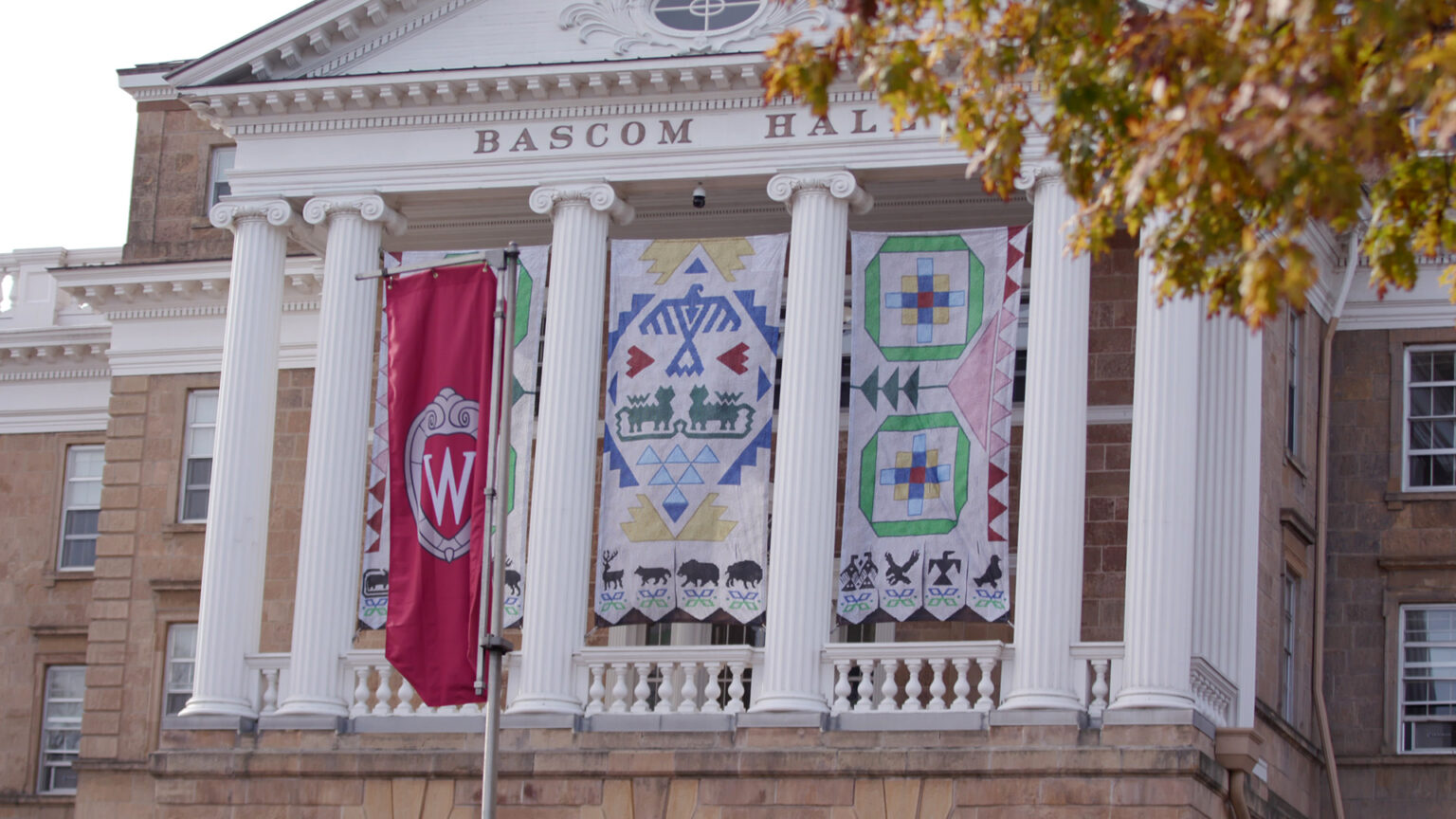
Banners celebrating the Ho Chunk Nation are displayed at Bascom Hall on the University of Wisconsin-Madison campus on Nov. 7, 2023. Indigenous students from any of Wisconsin's 11 tribes will be able to attend UW-Madison for free beginning the fall 2024 semester, Chancellor Jennifer Mnookin announced Dec. 18. (Credit: PBS Wisconsin)
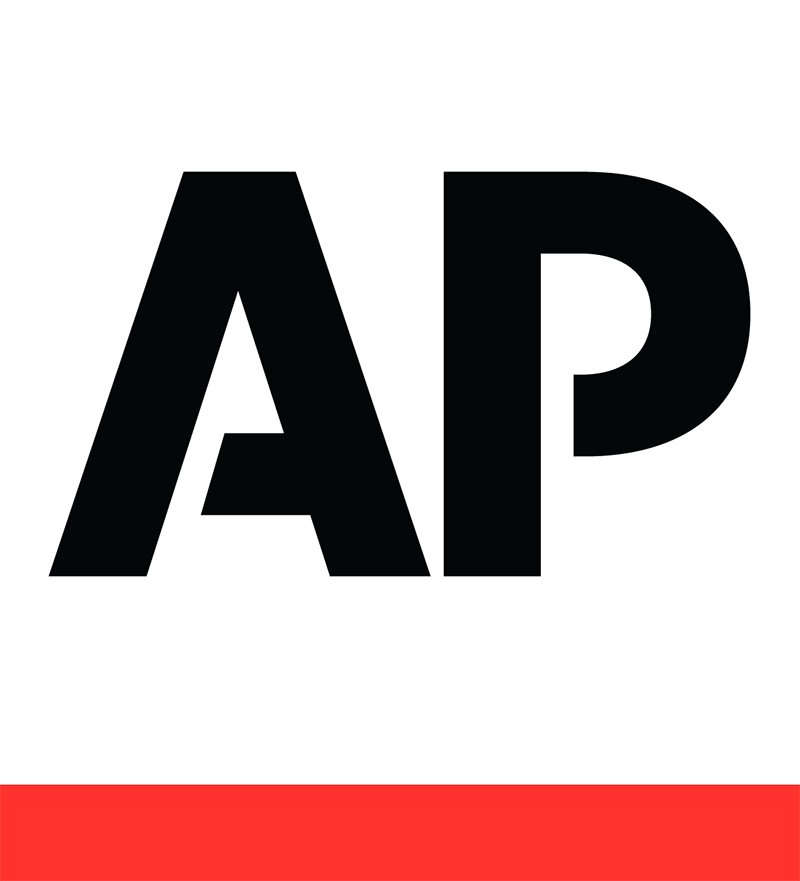
MADISON, Wis. (AP) — Indigenous students from any of Wisconsin’s 11 tribes will be able to attend the University of Wisconsin-Madison for free beginning next fall, Chancellor Jennifer Mnookin announced Dec. 18.
The Wisconsin Tribal Education Promise program will use private donations and other internal funding to cover tuition, fees, housing, meals, books and other expenses for undergraduate students after they’ve applied any other scholarships and grants they’ve earned, Mnookin said at a news conference. Students must show they’re enrolled tribal members to qualify.
Confirmed tribal members who pursue a law or medical degree will get their tuition and fees covered as well. The program will begin with the fall 2024 semester.
Colleges in several states have implemented special financial aid programs for Indigenous students. The University of California system, the University of Minnesota, the state of Michigan and the University of Maine system waive tuition and fees, for example. Oregon provides Indigenous students with grants that cover all remaining expenses after students use whatever other grants and scholarships they’ve earned, mirroring UW-Madison’s initiative.
The Wisconsin program is similar to Bucky’s Tuition Promise and Bucky’s Pell Pathway programs. Bucky’s Tuition Promise guarantees the university will cover tuition and fees for students from low-income households. Bucky’s Pell Pathway program covers the full financial needs of students from low-income families through grants, scholarships and work-study opportunities.
In-state undergraduates currently pay about $28,000 per year to attend UW-Madison. That includes tuition, fees, housing and transportation. Tuition and fees total about $11,200.
Helen Faith, UW-Madison’s director of student financial aid, said she didn’t know how many students might take advantage of the Indigenous program. Mnookin said UW-Madison doesn’t track Indigenous students’ ethnicity, relying mostly on self-reporting. Right now, about 650 students identify as Indigenous and most are undergraduates, she said, but some students could be from outside Wisconsin or may not be confirmed tribal members.
The announcement comes less than a week after Universities of Wisconsin regents reached an agreement with Republican legislators to freeze diversity hires across campuses and shift at least 43 diversity positions to “student success” positions in exchange for money to fund employee raises and construction projects, including a new engineering building at UW-Madison.
Opponents accused the regents of selling out students of color and LGBTQ+ students. Regents insisted that the deal wouldn’t slow inclusion efforts on campuses. Mnookin said Dec. 18 that the Indigenous coverage plan has been in the works for at least a year, but that it shows how UW-Madison remains committed to diversity.
Shannon Holsey, president of the Stockbridge-Munsee Band of Mohican Indians, and Ho-Chunk Nation President Jon Greendeer, also attended the news conference. Holsey called the aid program “cycle-breaking” for Indigenous youth.
“It certainly is a significant and historic day,” she said. “We are incredibly grateful to UW-Madison.”
Greendeer said the program eliminates one of many barriers Indigenous students face when trying to obtain a college degree. He added that tribes sometimes frown upon college because students often leave their native culture behind and that tribal leaders need to do more to encourage Indigenous youth to seek post-secondary education.
“We have work to do,” he said.
According to a report released in 2022 by the Hunt Institute, a nonprofit that works to improve education policy, Indigenous students make up about 1% of the nation’s post-secondary students.
The report cites academic preparation and the cost of college as two major barriers to Indigenous enrollment, noting that the U.S. Department of Health and Human Services Office of Minority Health reported the median household income for Indigenous people was $49,906 in 2019. The median household income for non-Hispanic white households was $71,664.
Editor’s note: This article is corrected to indicate that the name of UW-Madison’s director of student financial aid is Helen Faith.
Editor’s note: PBS Wisconsin is a service of the University of Wisconsin-Madison and the Wisconsin Educational Communications Board.
 Passport
Passport




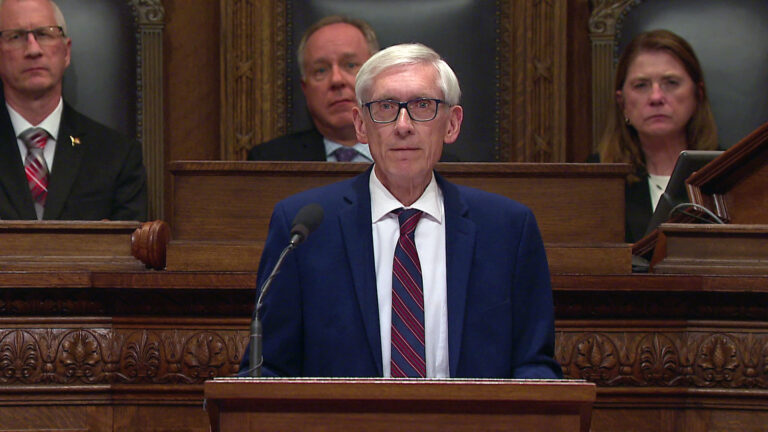
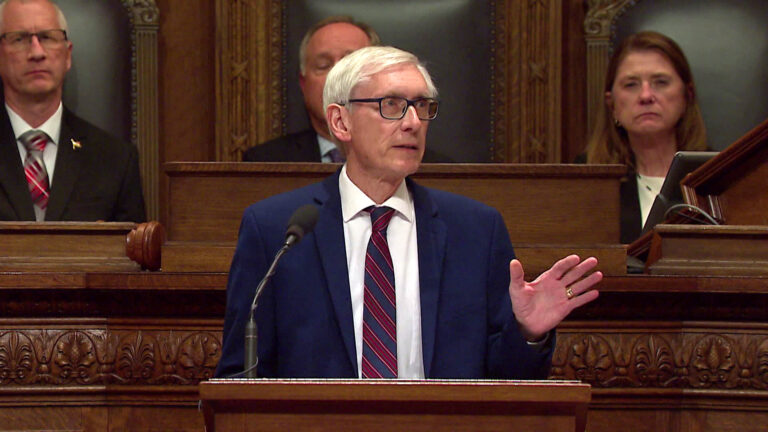

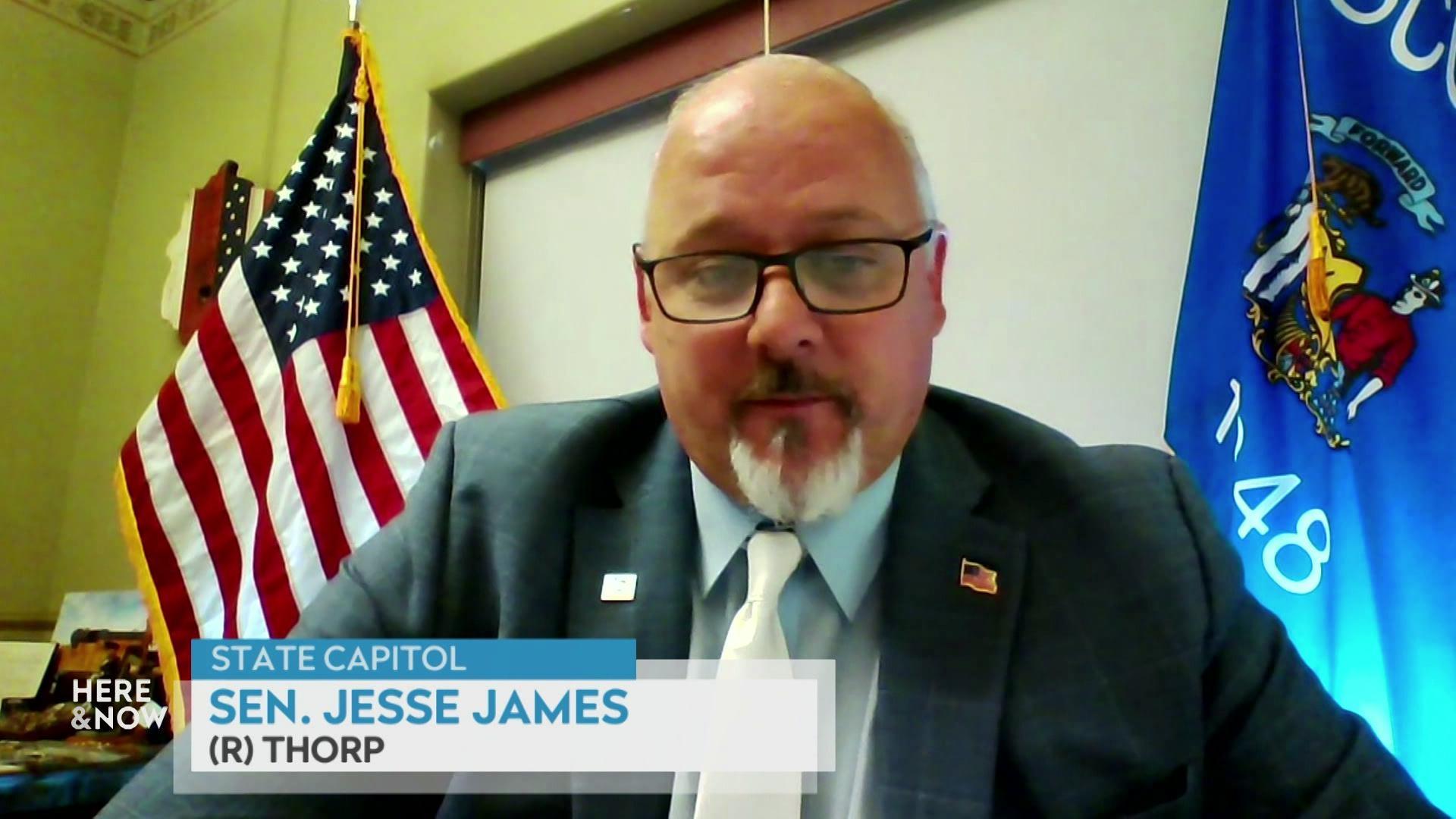
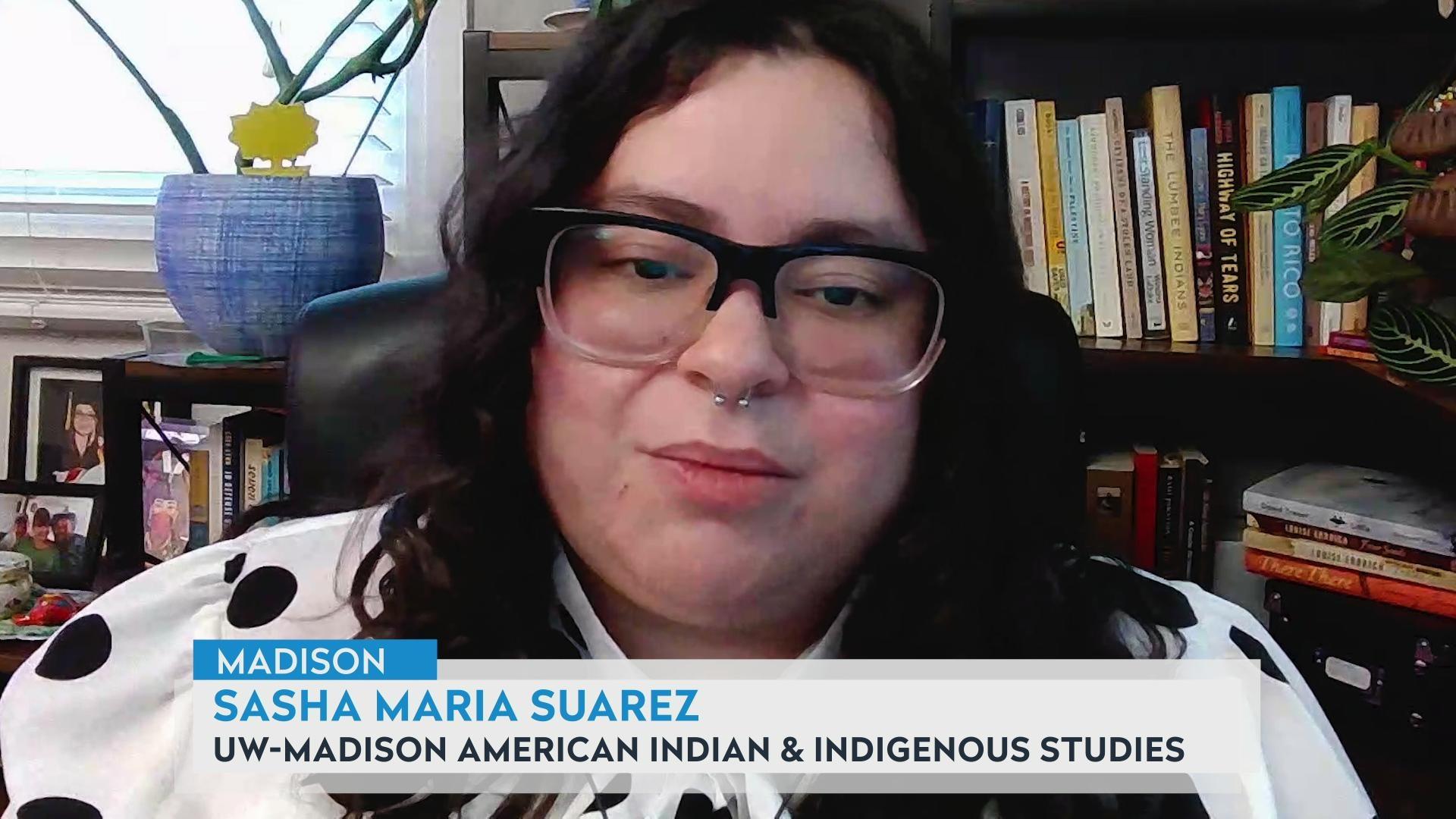
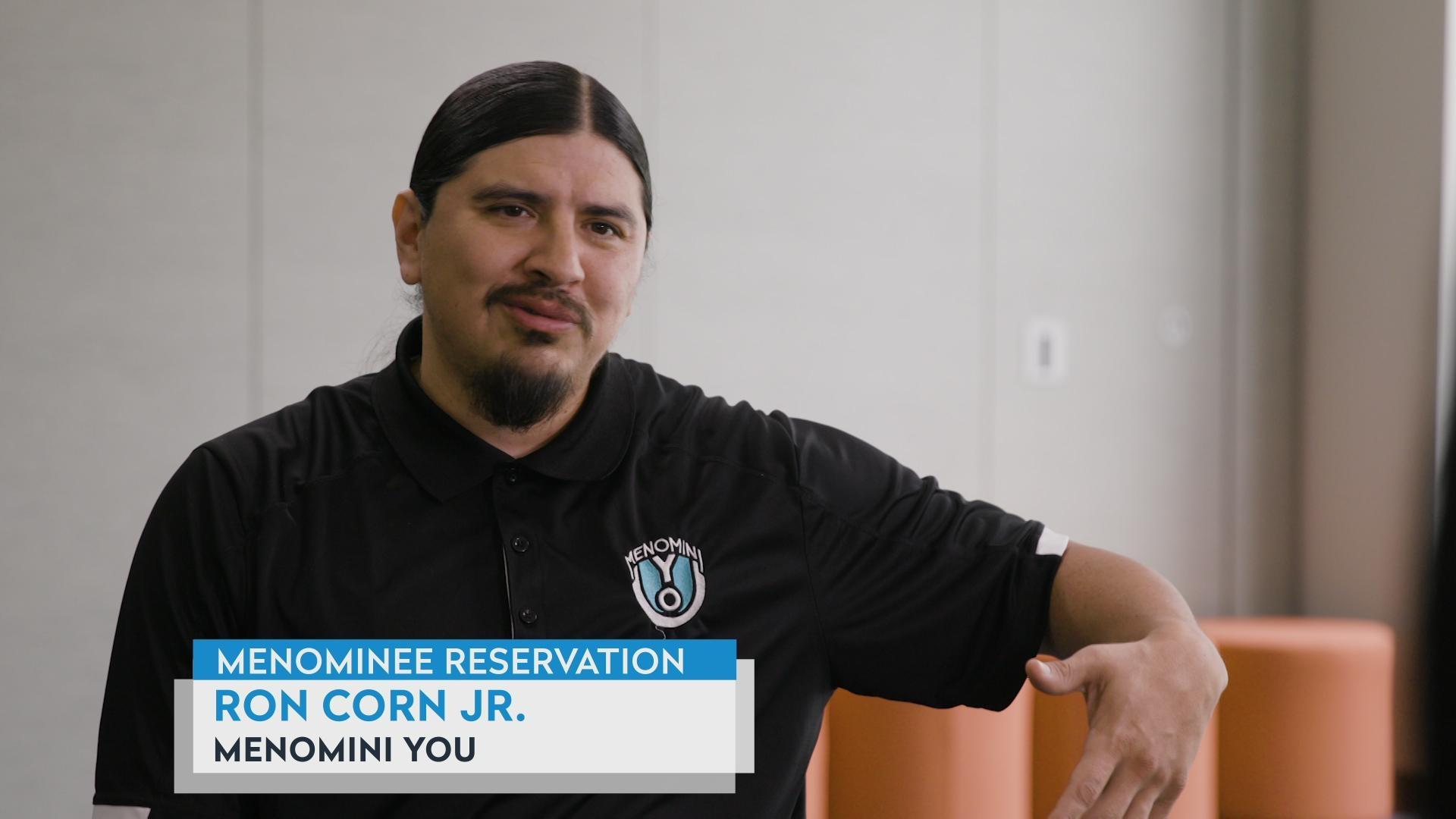

Follow Us